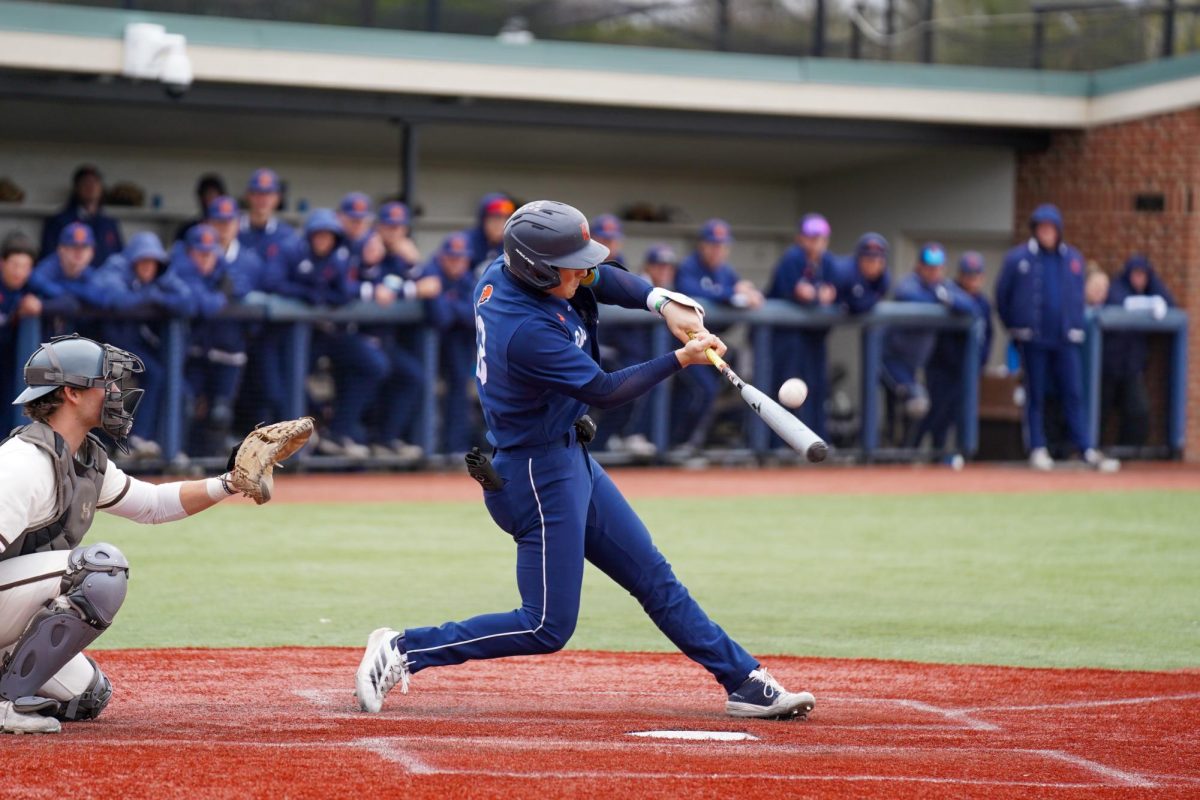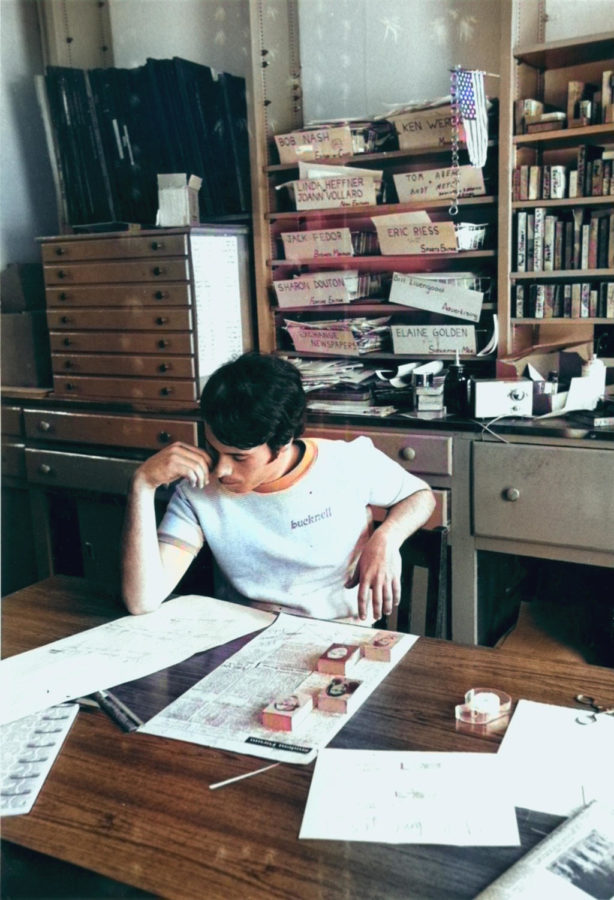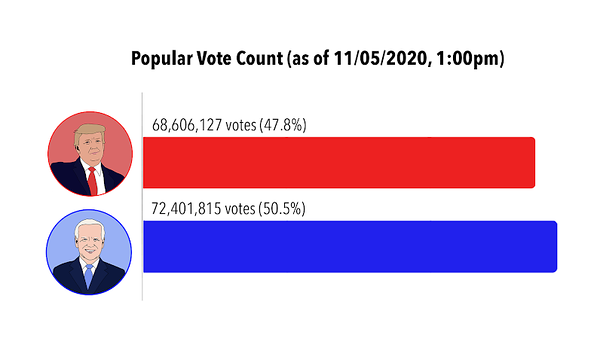Whether you like him or not, Stephen King has had one of the longest and most successful careers in literary history, having published nearly 80 novels and hundreds of short stories. His first novel, “Carrie,” was published over 50 years ago, in April 1974. As a dedicated King fanatic, I decided to return to “Carrie” and see how the novel holds up over 50 years after its publication.
It seems that everyone knows the plot of “Carrie” even if they’ve never read it. “Carrie” follows the titular Carrie White, a high school senior with telekinetic powers, which are referred to as “TK.” Carrie was always abused by her mother Margaret, a devout Christian, and ostracized and bullied by her fellow classmates due to her timid nature and unusual upbringing. Carrie’s life of bullying and abuse comes to a head during a disastrous prom night that Chamberlain, Maine, will never forget.
For context, I first read “Carrie” as a junior in high school and the high school culture that King depicts in 1974 isn’t much different from the high school culture I witnessed firsthand. It seems that every high school has a Carrie White, a student that most people gang up on just because they happen to be different. This core truth about the novel is what has allowed it to stand the test of time, as bullying has remained a pressing issue with teens throughout the decades. Perhaps the most haunting example of bullying in “Carrie” is the opening scene, which takes place in the girl’s locker room as Carrie has her first period in front of her entire gym class. As Carrie stands there with only a towel wrapped around her waist, blood dripping down her leg, the girls start laughing at her and chanting, “Plug it up!” as they throw tampons and sanitary napkins at her as she cries. It’s a scene that sets the tone for the rest of the novel, letting us know how brutal and heartbreaking the rest of the story will be. It’s not just brutal because of the cruel mockery, either; it’s brutal because scenes of this nature happen in real life.
As I read “Carrie” now, I’m also impressed with King’s ability to write from the female perspective (of course, I say this as a man). When King was writing “Carrie,” he threw out the first few pages, intending to give up due to his fear of writing such a female-centered story as a male. However, his wife, Tabitha, fished the pages out of the garbage and demanded that he finish the rest of the novel. The rest is history. All of this to say that King need not have been afraid; to this day, Carrie White is still one of King’s most multilayered, complex characters.
As I re-read “Carrie” now, I realize that we can also read the novel outside of its 1974 context. Today, when I read novels about violence in schools, I’m reminded of the countless instances of school shootings that take place every year. In this way, the events of “Carrie” hold even more weight. This raises an interesting question: are we supposed to sympathize with Carrie White?
Whether or not we are supposed to sympathize with her doesn’t diminish the novel’s message: don’t treat others poorly, plain and simple. Throughout the novel, King transitions us into and out of Carrie’s perspective, bringing in many other voices such as that of Susan Snell, Carrie’s classmate who tries to atone for her actions at the beginning of the novel, Chris Hargensen, the mastermind behind the infamous “Prom Night” incident and even fictional academic journals chronicling Carrie’s rampage, like “The Shadow Exploded.” But as the novel goes on, we get Carrie’s voice less and less towards the end, positioning the reader at a distance to her thoughts, making it harder to sympathize with her. One might also say that sympathy doesn’t matter since Carrie’s actions are so morally gray.
There are no clear answers to any of these questions, which is a good thing. After fifty years, “Carrie” is still compelling and is still worth reading. This isn’t to say that the novel is perfect; many of the side characters are as flat as cardboard cutouts and the POV switches are often distracting. But in the end, “Carrie” remains a rattling good yarn and is far more complex than the simple high school story I always thought it to be.




















